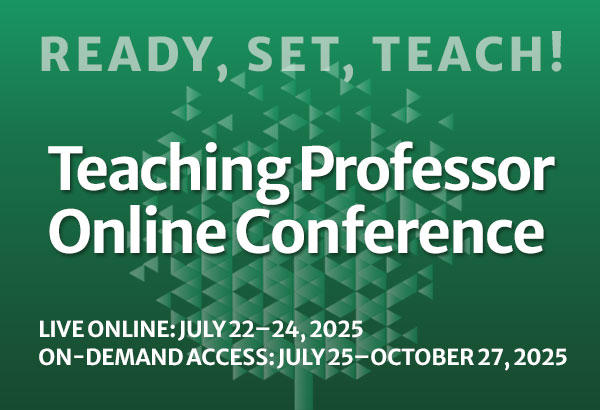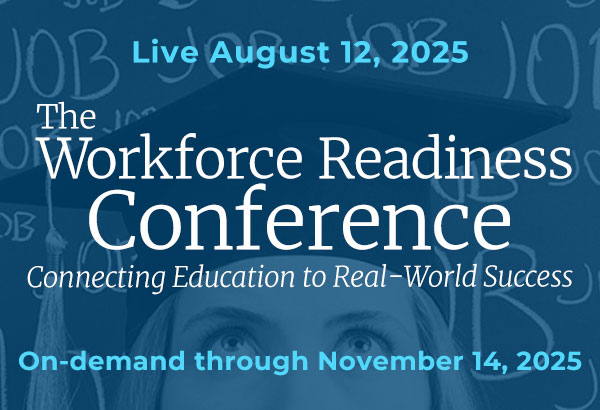The problem is my age. It relentlessly advances while the faces staring back at me in the classroom remain the same, fixed between late adolescence and early adulthood. In short, I grow old while my students do not. And the increasing gap between our ages causes me some concern, pedagogically speaking.
At the heart of the matter lies technology. My pre-1980 birth date means I do not share my students’ lifelong history with digital technology. Neuroscientists tell us that this history has shaped the cognitive functioning of the millennial generation, strengthening certain neural pathways through repeated use and weakening others through infrequent use. Student comments such as “I don’t like reading” or “I can text and listen to you at the same time” suggest that these strengthened and weakened pathways are the polar opposite of those that exist in my own brain. I am, therefore, despite more than 20 years of postsecondary teaching, sometimes completely confounded by the way my students think— and not always certain that the fault for this confusion is theirs.
To help overcome these differences, I’ve enthusiastically embraced teaching practices that accommodate some of the more highly publicized traits of the millennials. For example, my classes typically revolve around 10- to 15-minute “chunks” of fast-paced activity designed to address students with short attention spans who are easily bored. My extended availability via electronic media into the evenings and weekends targets the preference for constant (but not face-to-face) connectivity. And detailed grading rubrics for every assignment provide a highly structured route to an A paper—a path and outcome that particularly resonate with many of my students. I’ve adopted these practices in the name of fashioning a learner-centered environment.
But recently I’ve begun asking myself a disconcerting question: what if these practices don’t match my course’s learning goals?
For example, I teach writing, a process-oriented subject where progress moves slowly. The essence of good writing is strong thinking skills: the ability to generate a coherent, logical flow of information or ideas, integrating material that, at first glance, resists integration. This takes time. It requires venturing down blind alleys in pursuit of an idea, backtracking when that idea turns out to be weak, and tolerating frustration when another refuses to immediately take its place. It requires faith that blind alleys, backtracking, and frustration can lead to insights. The journey, in other words, is the thing.
“The journey,” however, no longer figures prominently in my classroom.
Gone are the days of reflecting on an assigned reading for an entire class period—or even expecting that the entire class has done the assigned reading. Examining its structure, debating its logic, and savoring its rhetoric would take up time, require sustained focus, and might not necessarily lead to the “right answer”—impediments to busy, parallel-processing students who are anxious to get it right once and for all. These impediments have been replaced with the quicker, more streamlined approach of fast-paced classes, instructor availability “on demand,” and detailed instructions.
But are these efforts shortchanging my students by reinforcing who they are right now — admittedly, as portrayed by media-hyped generalizations—at the expense of who they might become if guided beyond their current comfortable boundaries?
I don’t have a clear answer to that question. I only know that in asking it, I feel less like the teacher and more like the learner — searching for the right path, not always certain of the direction, and sometimes anxious about the outcome. I feel, in other words, just as my young students must often feel.
Perhaps the gap between our ages doesn’t have to distance us after all. In fact, perhaps it can be a catalyst to keep us both learning. The students’ digitally enhanced perspectives have certainly made me venture into new territory, trying to harness—and emulate—their quick thinking, parallel-processing energy. But similarly, my predigital perspective can also open up new territory for them, showing them the surprising amount of ground they can cover by moving slowly and reflecting deeply.
Perhaps figuring out how to honor the two perspectives in the classroom can offer us the best of both worlds: a learner-centered classroom for both teacher and student.
Joan Flaherty is an assistant professor at the University of Guelph.
Reprinted from The Teaching Professor, 26.2(2012): 1, 3.





